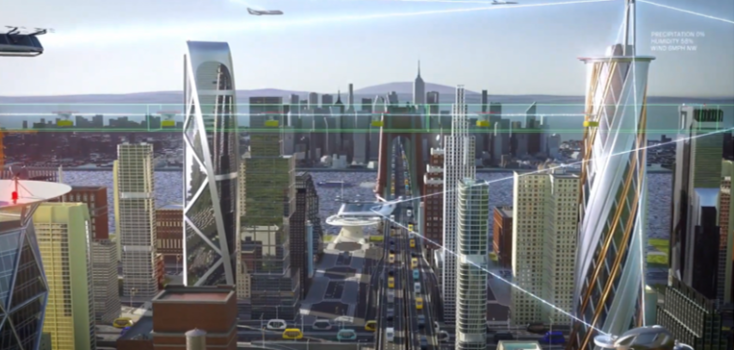K
Kathleen Martin
Guest
We’re working toward a future where passenger air taxis and drone deliveries are to become a part of everyday mobility. But how will these autonomous systems access important information, such as deteriorating weather conditions, to complete each flight safely? To address this issue, NASA researchers are exploring the creation of a decentralized data and reasoning hub that would help autonomous aircraft to make critical safety decisions rapidly.
NASA’s Data & Reasoning Fabric (DRF) would work in a manner similar to how people use navigation apps to access different kinds of data – maps, accident reports, traffic conditions, roadwork status, etc. Just like these apps help us decide the best route to take at the time, NASA’s DRF would send aircraft information tailored for their missions.
How will NASA DRF for drones and air taxis work?
Think of DRF as a digital “marketplace” where providers of weather services, mapping and surveying firms, air traffic management, etc., can come together to offer data and reasoning services to aircraft operators via digital agreements. In turn, operators can also offer the data and reasoning resources they have acquired.
So, when a delivery drone connects to DRF, it would be able to access information from a weather station, a detailed map from city authorities, and the locations of nearby aircraft – all assembled using data from the marketplace.
Continue reading: https://dronedj.com/2022/05/24/drones-air-taxi-safety-nasa-drf/
NASA’s Data & Reasoning Fabric (DRF) would work in a manner similar to how people use navigation apps to access different kinds of data – maps, accident reports, traffic conditions, roadwork status, etc. Just like these apps help us decide the best route to take at the time, NASA’s DRF would send aircraft information tailored for their missions.
How will NASA DRF for drones and air taxis work?
Think of DRF as a digital “marketplace” where providers of weather services, mapping and surveying firms, air traffic management, etc., can come together to offer data and reasoning services to aircraft operators via digital agreements. In turn, operators can also offer the data and reasoning resources they have acquired.
So, when a delivery drone connects to DRF, it would be able to access information from a weather station, a detailed map from city authorities, and the locations of nearby aircraft – all assembled using data from the marketplace.
Continue reading: https://dronedj.com/2022/05/24/drones-air-taxi-safety-nasa-drf/

